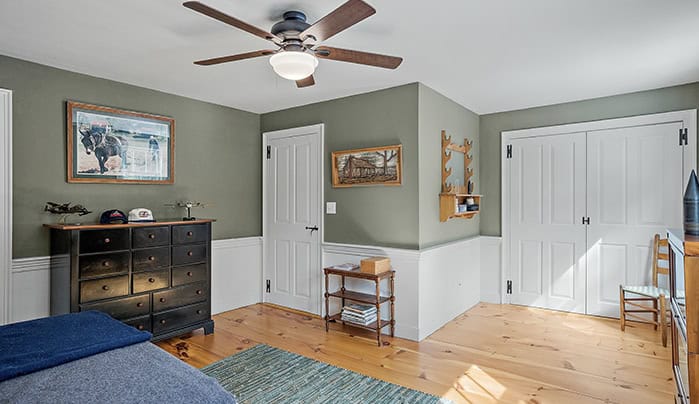Plywood can be used in many different ways and is not very expensive. It is a material widely used everywhere, for furniture making or to further construction projects. Plywood is durable and strong, but having its surfaces sealed and finished is an essential condition to protect from weather conditions and possible wear and tear over time.
Let's discuss the steps that ensure success without any difficulties during plywood sealing and finishing.

Before you start sealing your plywood, it becomes vital for you to learn the basics of sealant preparation, which will be needed to complete the task. One should think of matters such as the plywood's purpose, whether it will be used indoors or outdoors, and the desired result. A sealant used for plywood can come in different types, such as polyurethane, epoxy, resin, and lacquer. Every type of reactor provides you with different advantages and applicability.
Good surface preparation before beginning the process is what will assure you have a levelled surface afterwards. The sanding is the first important part of this process. Start by sanding the plywood surface with progressively finer grit sandpaper. Set the plywood surface ready to remove all the rough spots, imperfections, or splinters. This step improves the appearance and allows the sealant to hold better to the surface.
Before the final finish, use the sealant primer to get the best results. A primer helps fill the small holes of wood pores, resulting in a flat surface on which you can apply your topcoat. It also strengthens its bond to the finish and allows a durable seal in the applied sealant.
Close the sealed edges attentively because they do not provide proper moisture protection. Spreading the sealant with a brush or foam applicator to the edges of the wall multiple times, therefore making sure the edges are covered sufficiently, is necessary. Apply one coat at a time, allow it to dry completely and then apply another coat.
While sealing or finishing, keep in mind that a thin, even coat is required for a dripless and consistent look. Make sure to use a smooth paintbrush, a good-quality roller, or a spray gun for the best effects. Making large sections free from any mess can be difficult. Smaller areas, especially smooth ones, can be easier to manage while still having a neat result and consistency in the finish.
In order to get a transparent look, sand the areas lightly between coats of the sealant or finish. They eliminate inconsistencies, bumps or roughness of the substrate and create favourable conditions for the adhesion of layers one with another. Coarse sandpaper, sand the surface and wash the surface clean by wiping with a tack cloth. Then, apply the next coat.
If your plywood project is exposed outdoors or in high humidity locations, select the sealant that offers enhanced resistance to moisture, effects of UV and temperature changes. Consequently, it is important to think of two coats of sealant as an enhancement of durability and usefulness in an adverse network.
Always do your best to fully understand and follow the instructions of the manufacturer when you use sealants and finishing products. Notice drying times, methods of application, and safety advisories.
Proper wood should be used in the case of joints sitting well when sealing and finishing services. Do not continue applying the stain, sealant or finish to this surface until the first coat is really dry. Refer to the manufacturer's instructions for proper drying times. Maintain and Reapply as Needed
To ensure long-lasting protection and the plywood's appearance, you would need to inspect it from time to time for signs of wear, damage, or degradation. Depending on the level of exposure and use, you may need to reapply the sealant or finish periodically to maintain its integrity and aesthetic appeal.
Get creative with finishing techniques to achieve an attractive look with the final coat of sealant. Use different finishes to enhance the look of your plywood projects. Never compromising with the protection quality is one of the practices that you should try.

Properly sealing and finishing plywood surfaces is essential to protect them from moisture, wear and damage. It makes it look better and longer lasting. Thus, when you deal with this attentively by taking care of these points and best practices, the quality of your project looks exactly like that of professionals. The choice of the right sealant is an important decision. The surface must also be prepared properly.
Before applying the sealant, you need to always use a thin, even coat. Make sure you follow the manufacturer's instructions if you want everything to work together. As long as you adhere to the instructions and keep it in good condition, the smoothness and functionality of your finished plywood may serve you for so many years to come.
Loading categories...